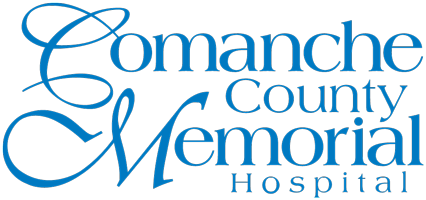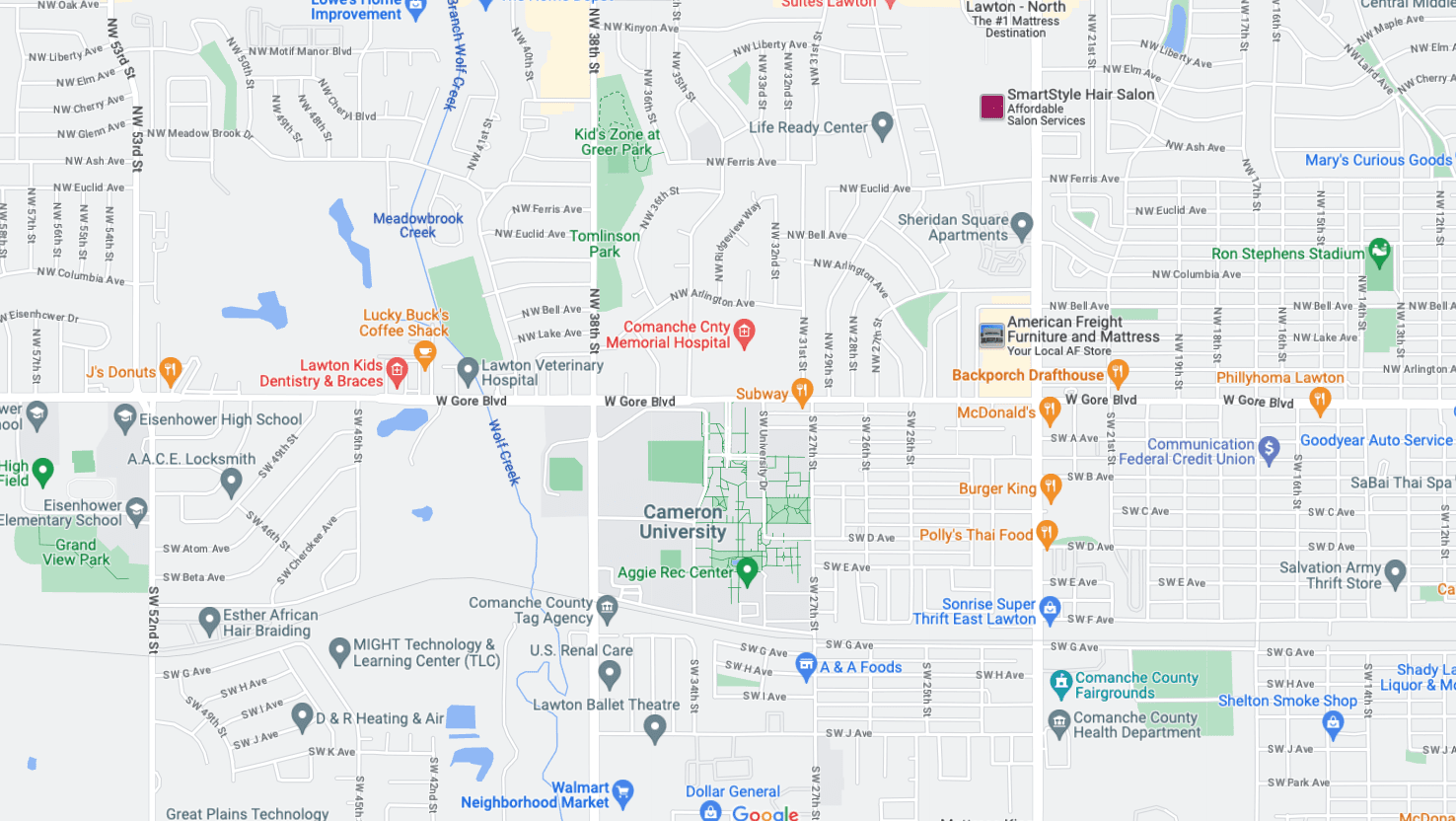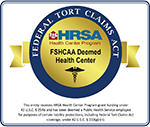Center for Sleep Medicine
We Can Help You Get Your Sleep Back
The Center for Sleep Medicine at CCMH specializes in the diagnosis and treatment of sleep disorders in adults. Every night, millions of people go to sleep hoping to wake in the morning rested and relaxed. However, for many, this is just not possible. They suffer from a sleep disorder.
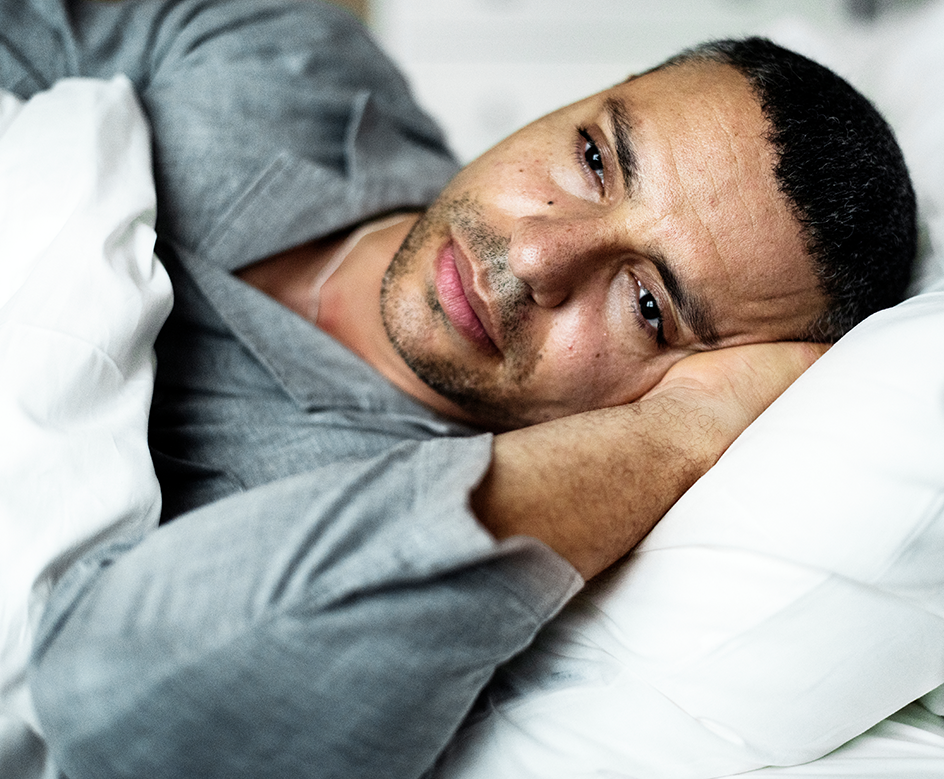
Do You Have a Sleep Condition?
If your doctor suspects you have sleep apnea or another sleep disorder, he/she will prescribe a sleep study in a sleep lab. Patients typically arrive at the sleep lab in the early evening and leave the next morning. Each patient has a comfortable, private room. Our objective is to provide a natural sleeping environment with hotel-like accommodations.
The sleep study, also called a polysomnogram, records brain activity, eye movement, oxygen and carbon dioxide blood levels, heart rate and rhythm, breathing rate and rhythm, the flow of air through your mouth and nose, snoring, body muscle movements, and chest and belly movement. The results are used to determine if you have one or more of the 80 sleep disorders that can interfere with your good night’s sleep.
What Happens During a Sleep Study?
- An oximeter to measure how your blood oxygen levels change during sleep (blood oxygen levels decrease during apnea episodes).
- Electromyography (EMG) to measure the activity of the muscle groups around your chin, lower leg (tibia) and eyes.
- Electrooculography (EOG) to measure eye movement, which are slower when you are in rapid eye movement sleep (REM sleep).
- Electrocardiography (EKG, ECG) to measure the electrical activity of your heart.
- Electroencephalography (EEG) to measure brain wave activity to determine the different stages of sleep.
- Brain wave patterns also can be used to tell when you are in REM sleep.
- Chest plethysmography to measure chest wall movements, which shows when you are taking a breath.
- This helps determine if you stop breathing or have slower breathing during sleep and how often this happens.
- In addition, a video camera records how long it takes you to fall asleep and monitors your body movements during sleep, such as if your arms or legs kick or jerk during sleep.
- You may feel like a “bionic” person with all these wires attached to you. However, when it’s “lights out,” patients are usually able to sleep normally.
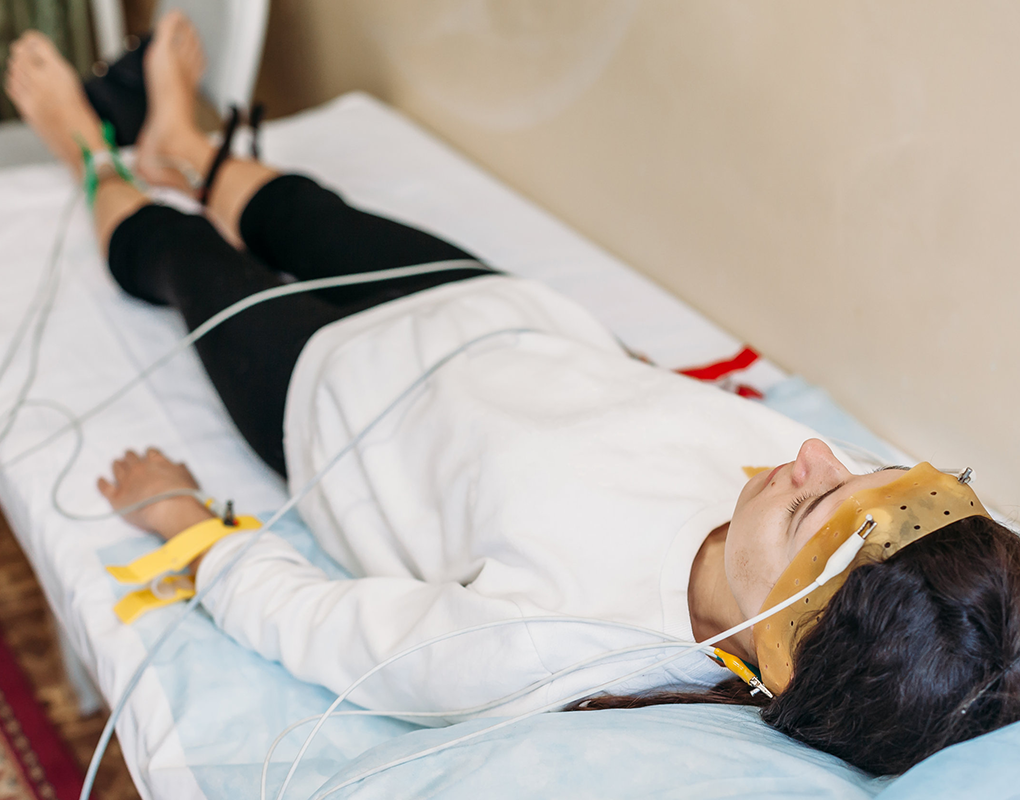
What You Need for a Sleep Study
- Two-piece pajamas. If you do not have two-piece pajamas, shorts, sweats and a tee shirt will work fine.
- Any medications you take right before you go to bed or when you get up – bring them with you.
- Wash your hair with shampoo only; no conditioner, hair spray, or styling gel, and no make-up.
- No caffeine after 2:00 PM the day of your study.If you would like, you may bring some reading material.
- If you have a favorite pillow you like to sleep on, feel free to bring it with you.
- There is a shower here for the next morning.
- We have shampoo, soap, and towels.
- Any other items you need, you will need to bring them with you.
Contact Us
Phone
Address
Lawton, Oklahoma 73505
